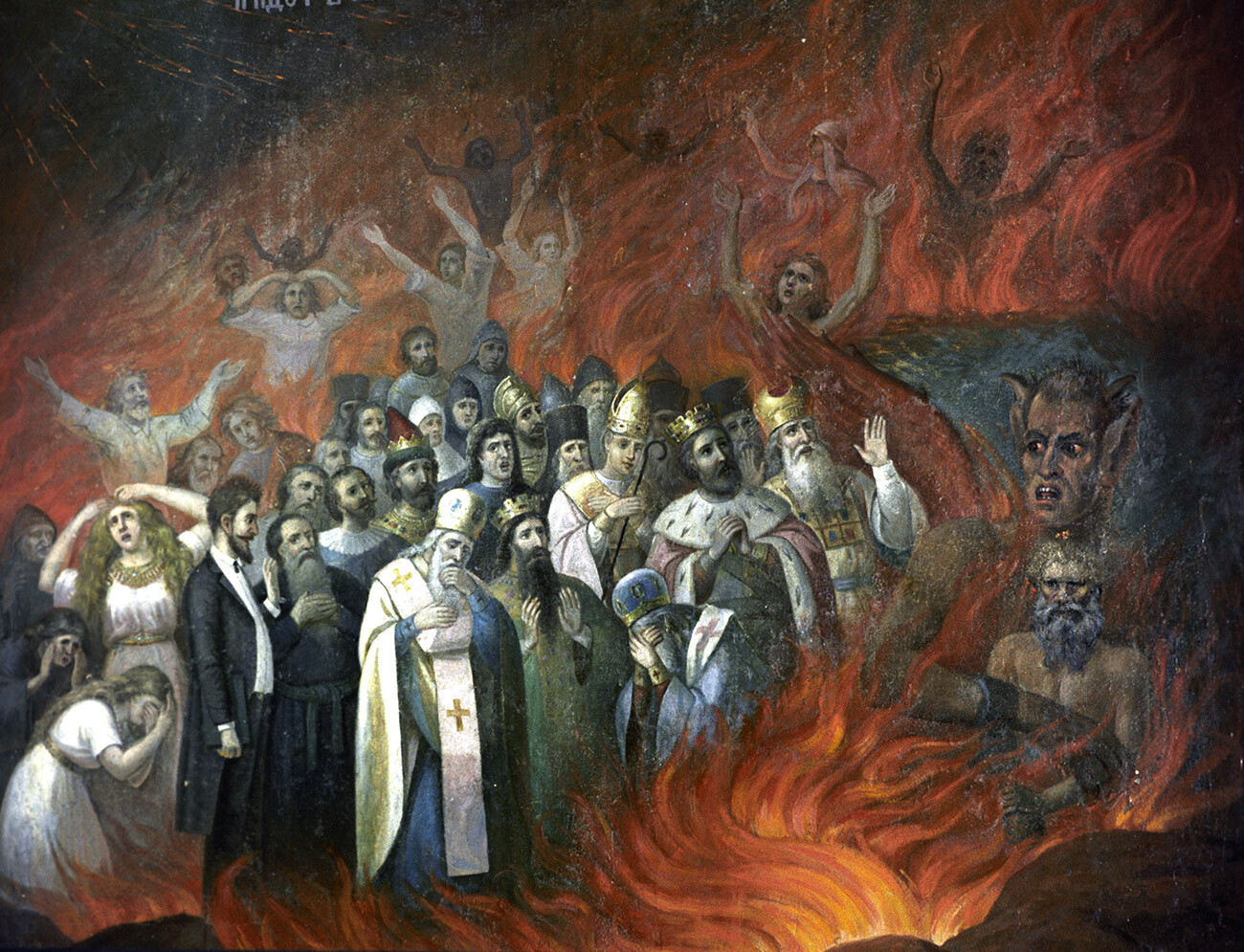
Although Tolstoy was a believer, he had his own views on religion. What was important to him were not rituals and sacraments, but "that people should not repay evil with evil, should not judge, should not kill each other." In 1901, the Holy Synod issued a document on the count's "falling away" from the church. He could no longer come to confession, receive communion and it was also impossible to bury him according to the Orthodox canon. It ended with the words: "...testifying to his falling away from the Church, we pray together that the Lord will grant him repentance in the knowledge of truth."
In response, Leo Tolstoy issued his own letter, in which he said: "I am convinced that the Church's teaching is theoretically a treacherous and harmful lie and, in practice - a collection of the most crude superstitions and witchcraft, completely concealing the entire meaning of Christian teaching."

Fans of the writer, having learned of the Synod's decision, were indignant, while supporters of the official church reacted in their own way. In some churches, images of Tolstoy in hell began to appear - for example, in Orel.
The original fresco of the Last Judgment, where the author stands among sinners, has not survived. But, a second version, created at a later time, has reached us. Another similar fresco appeared in 1883 in the Church of the Icon of the Mother of God ‘The Sign’ in the village of Tazovo, Kursk Province. In the late 1930s, the paintings in the church were damaged, but the image of Tolstoy survived and is now in the St. Petersburg Museum of the History of Religion.
Dear readers,
Our website and social media accounts are under threat of being restricted or banned, due to the current circumstances. So, to keep up with our latest content, simply do the following:
If using any of Russia Beyond's content, partly or in full, always provide an active hyperlink to the original material.
Subscribe
to our newsletter!
Get the week's best stories straight to your inbox